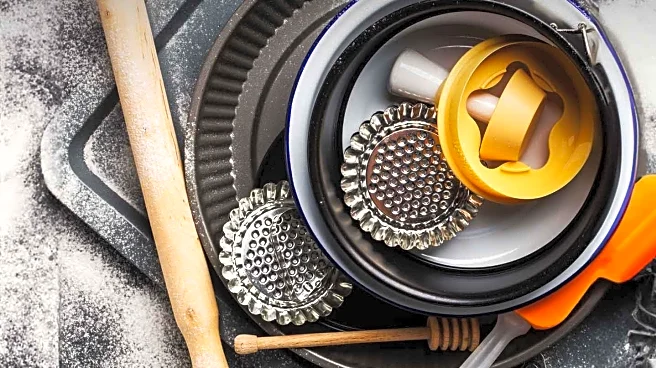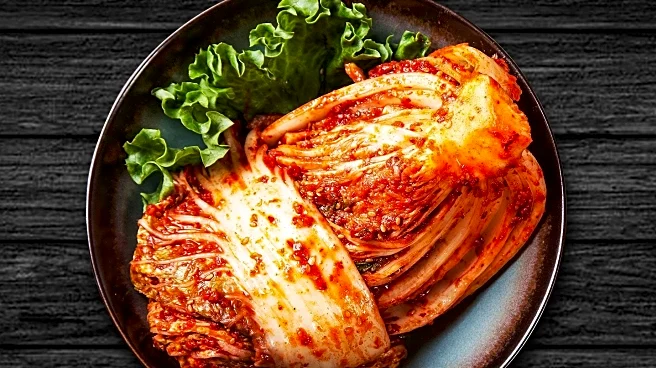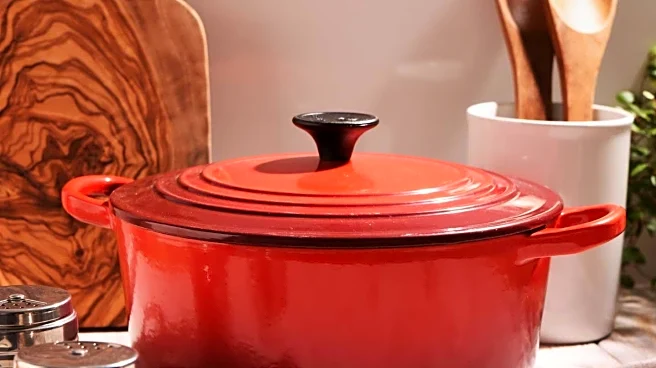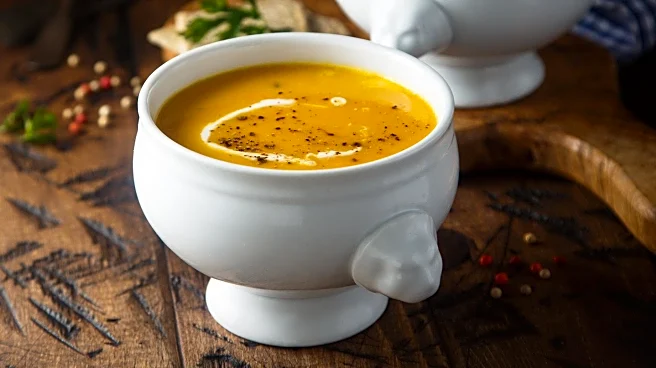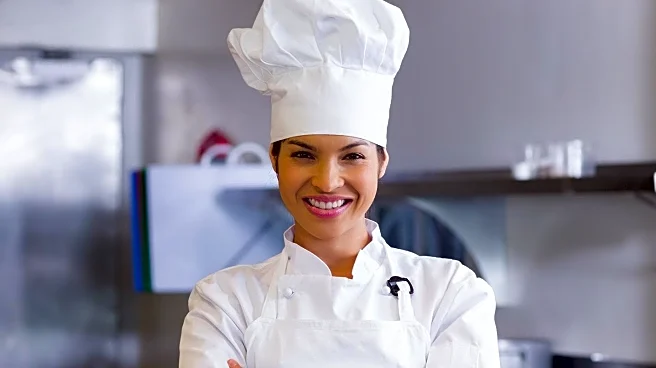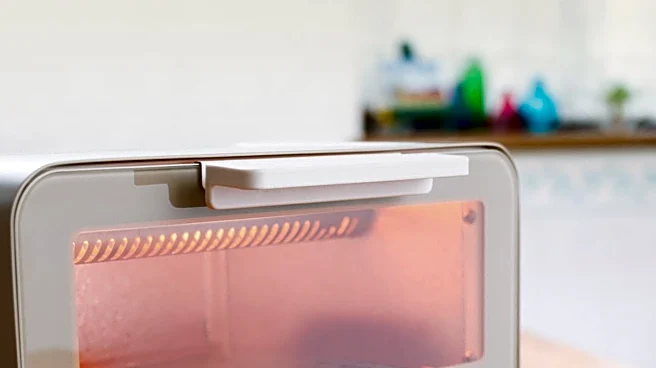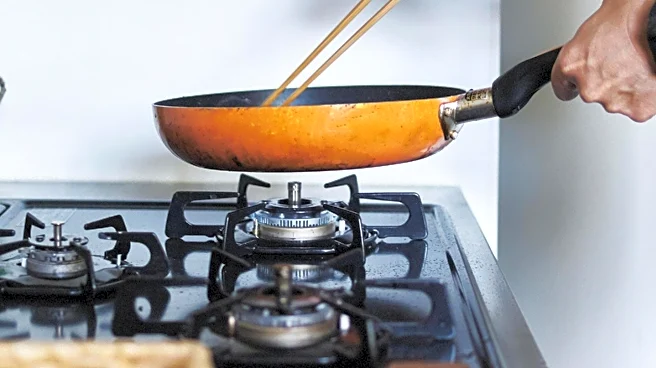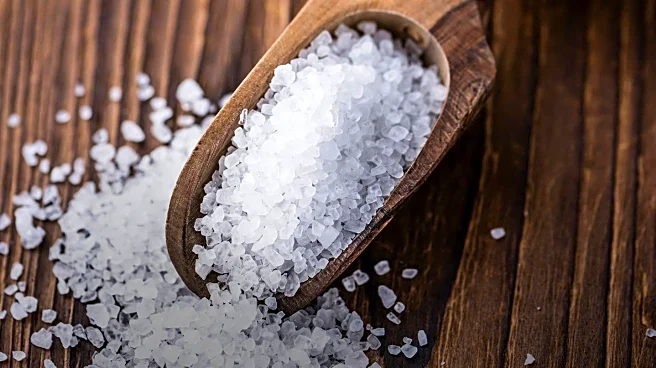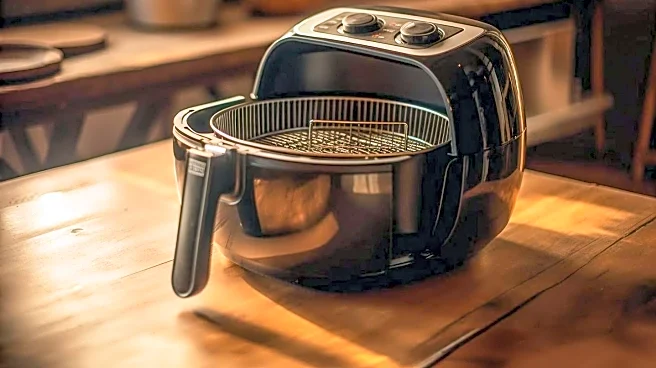What's Happening?
A recent article discusses the common overuse of certain kitchen tools, such as nonstick pans and microwaves, and their impact on cooking quality. The article emphasizes that while these tools offer convenience, they may not always deliver the best culinary results. Nonstick pans, for instance, are ideal for cooking eggs but may not achieve the desired caramelization for meats and vegetables. Similarly, microwaves are convenient for reheating but can lead to uneven cooking and potential ingestion of microplastics. The article suggests alternatives like cast iron pans for better searing and air fryers for reheating, which can enhance the cooking experience and results.
Why It's Important?
The overuse of certain kitchen tools can affect the quality of meals and potentially lead to health concerns, such as exposure to microplastics from microwaved food. By understanding the limitations of these tools, home cooks can make informed decisions that improve the taste and nutritional value of their meals. This insight is particularly relevant for those who rely heavily on convenience in their cooking routines. The article encourages cooks to explore traditional methods and tools that may require more effort but ultimately yield better results, promoting a healthier and more satisfying culinary experience.
What's Next?
Home cooks may begin to reassess their kitchen habits and explore alternative cooking methods that enhance flavor and texture. This could lead to increased interest in traditional cookware, such as cast iron and stainless steel, and a shift away from reliance on microwaves for reheating. Additionally, there may be a growing demand for educational resources that teach effective cooking techniques and the proper use of kitchen tools. As awareness grows, manufacturers might also innovate to create more versatile and health-conscious kitchen appliances.
Beyond the Headlines
The discussion around kitchen tool usage also touches on broader themes of consumer habits and the pursuit of convenience. It raises questions about the balance between efficiency and quality in everyday life, encouraging individuals to consider the long-term benefits of investing time and effort into their cooking practices. This could lead to a cultural shift towards valuing craftsmanship and skill in the kitchen, as well as a greater appreciation for the art of cooking.

